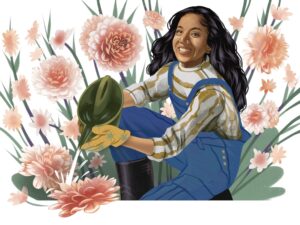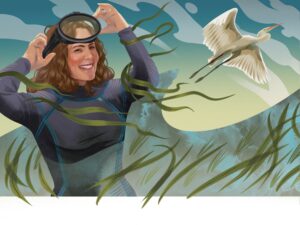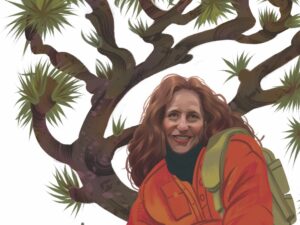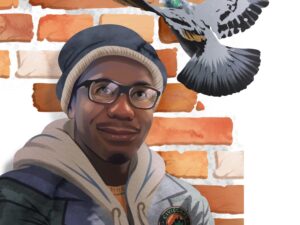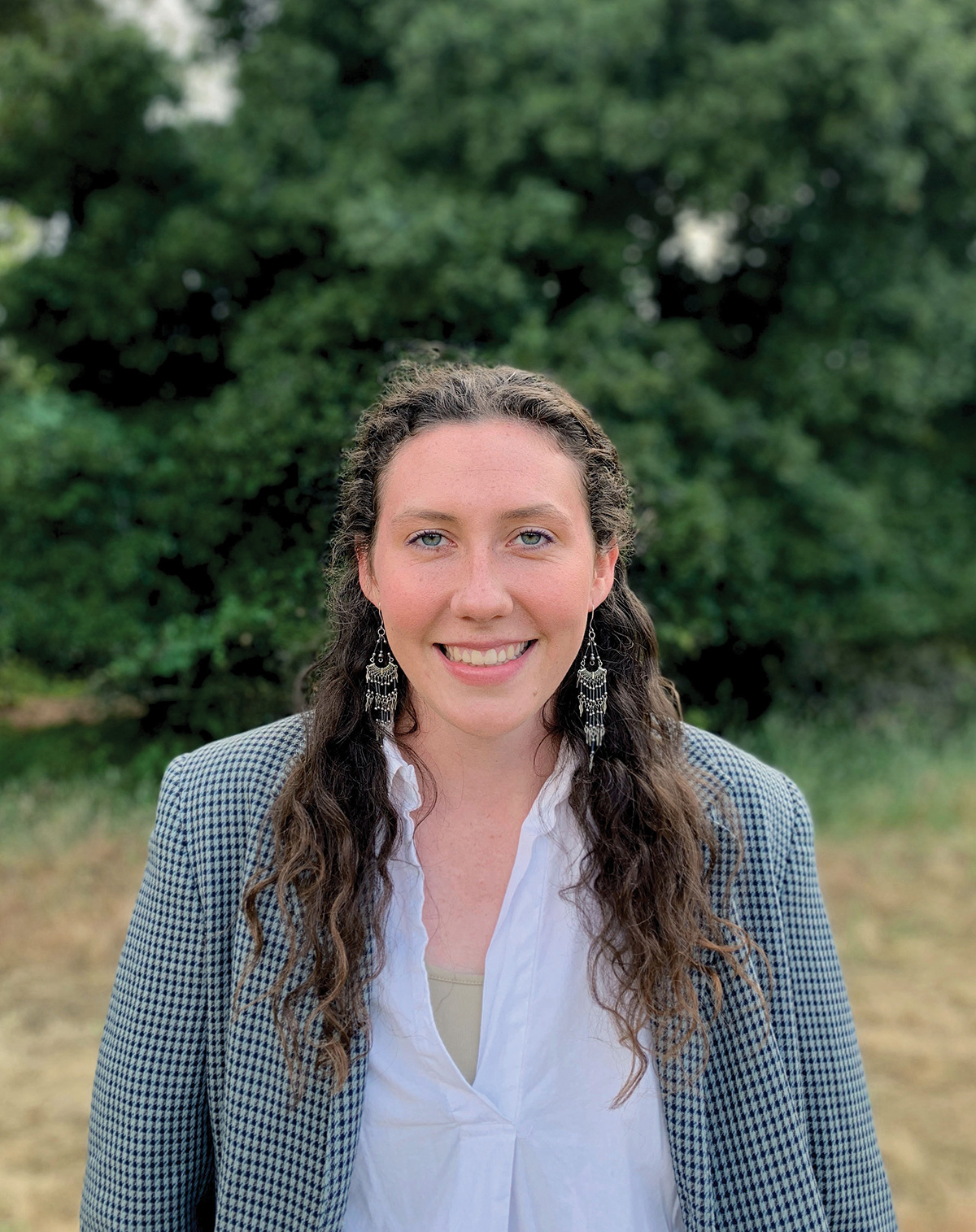
Growing up, Emma Lewis spent a lot of time outside, catching the eastern newts and tadpoles that lived in the pond behind her family’s house—an actual log cabin—in rural Virginia. That’s one reason she loves her work on Sign Hill, a 65-acre open space marked with giant concrete letters that read “South San Francisco the Industrial City.” Lewis says, “I feel like it really does give that nature-in-the-backyard experience that I was able to have as a kid.”
Remember, they are an exotic species in the Western United States, and are rapidly increasing their geographic range and range of habitats. Are they outcompeting or excluding native species in the process? How would we know? We have done almost nothing to monitor changes in the assemblage of mushroom species in areas before and and after the incursion of death caps.
Further Reading
Pringle et al, “The ectomycorrhizal fungus Amanita phalloides was introduced and is expanding its range on the west coast of North America,” Molecular Biology 2009
Lockhart et al, “Simultaneous emergence of multidrug-resistant Candida auris on 3 continents confirmed by whole-genome sequencing and epidemiological analyses,” Clinical Infectious Diseases 2017
Battalani et al, “Aflatoxin B1 contamination in maize in Europe increases due to climate change,” Scientific Reports 2016
Join us for our 2021 virtual Local Hero Awards!
Meet Emma and this year’s other inspiring local heroes on April 11th. Get a free ticket, or buy a VIP ticket to support Bay Nature. Register here!
Surrounded on all sides by suburban neighborhoods, Sign Hill is a “remnant biodiverse island,” Lewis says, home to sensitive and rare species, like the endangered mission blue butterfly and the rare coast iris, that used to be found throughout the San Francisco Peninsula. For years, the local landmark, which is on the National Register of Historic Places due to its famous lettering, was largely unmanaged. But thanks to funding from San Mateo County’s Measure K, Lewis, who holds a BS in environmental sciences from the University of Virginia, has been working for the past year and a half to build the Sign Hill Habitat Restoration Project.
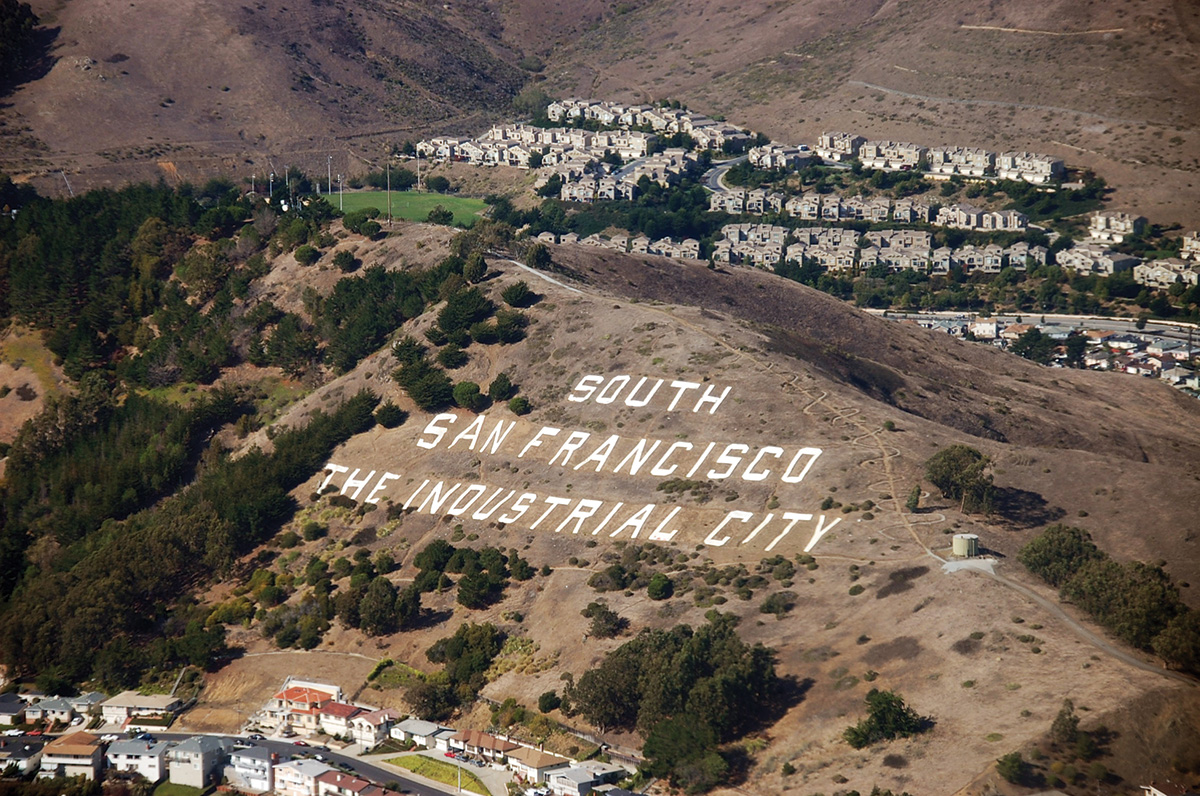
As a natural resource specialist for the City of South San Francisco’s Parks and Recreation Department, she has developed a system, tailor-made for Sign Hill’s urban grassland ecology, to identify and monitor its species, control the spread of invasives, and help native plants and animals thrive. She’s also cultivating a community of volunteers to help with restoration work, including tasks like planting silver lupine or removing invasive ice plants. Her supervisor, Joshua Richardson, estimates she’s recruited more volunteers in the past year than the parks department has been able to attract in the past 10 years. “You can tell she’s very invested in the work she does on a personal level,” he says. “[Her proactive attitude] is really unique to find in someone at her age—or in general.”
As a new board member of San Bruno Mountain Watch, she’s also helping to integrate Sign Hill with the larger urban mountain. “With all the environmental challenges that we have, [my work] makes me feel like I’m doing something,” Lewis says, “. . . whether it was saving a few little native wildflowers or teaching someone something new about the open space they live next to.”

